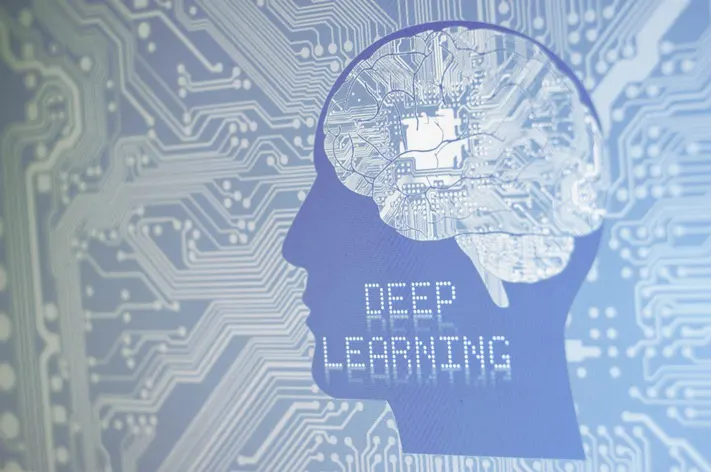Introduction:
In recent years, deep learning has emerged as a powerful technology driving advancements in artificial intelligence (AI). From self-driving cars to voice assistants and image recognition systems, deep learning has become an integral part of our daily lives. But what exactly is deep learning, and how does it work? In this beginner’s guide, we will demystify deep learning, providing a clear understanding of its fundamentals and applications.
Understanding Deep Learning:
Deep learning is a subset of machine learning, which in turn is a branch of AI. It is inspired by the structure and functioning of the human brain’s neural networks. Deep learning models, known as artificial neural networks, consist of interconnected layers of computational units called neurons. These networks are capable of learning patterns and making predictions by processing vast amounts of data.
Neural Networks and Layers:
Artificial neural networks are composed of layers, each containing multiple neurons. The layers can be classified into three main types: input layer, hidden layer, and output layer. The input layer receives the data, which is then processed through the hidden layers, ultimately leading to the output layer’s predictions or classifications.
Activation Functions:
Activation functions play a crucial role in neural networks. They introduce non-linearities and enable neural networks to model complex relationships in data. Popular activation functions include the sigmoid, ReLU (Rectified Linear Unit), and tanh (hyperbolic tangent) functions.
Backpropagation:
Training a deep learning model involves a process called backpropagation. During this process, the model adjusts its weights and biases by comparing the predicted outputs with the actual outputs and propagating the error backward through the layers. This iterative process continues until the model’s predictions reach an acceptable level of accuracy.
Training Data and Optimization:
Deep learning models require large amounts of labeled training data to learn from. The training data is fed into the model, and the model’s performance is evaluated using a loss function that measures the discrepancy between predicted and actual outputs. Optimization algorithms, such as gradient descent, are used to minimize the loss function and fine-tune the model’s parameters for improved accuracy.
Applications of Deep Learning:
Deep learning has made significant strides in various domains, revolutionizing industries and enabling groundbreaking technologies. Some notable applications include:
- Computer Vision: Deep learning has revolutionized computer vision, enabling accurate object detection, image classification, and facial recognition systems.
- Natural Language Processing (NLP): Deep learning has transformed NLP tasks such as machine translation, sentiment analysis, chatbots, and speech recognition.
- Healthcare: Deep learning is being used to develop advanced medical imaging systems, diagnosis support tools, and personalized medicine solutions.
- Autonomous Vehicles: Deep learning plays a crucial role in self-driving cars, enabling them to perceive and understand the environment, make real-time decisions, and navigate safely.
- Finance: Deep learning models are utilized for fraud detection, stock market prediction, algorithmic trading, and credit scoring.
Challenges and Future Directions:
While deep learning has achieved remarkable success, there are still challenges to overcome. Deep learning models require substantial computational resources and extensive labeled data for training. Additionally, interpreting and explaining the decisions made by deep learning models, also known as interpretability, is an ongoing research area.
In the future, we can expect advancements in areas such as unsupervised learning, reinforcement learning, and transfer learning, making deep learning even more versatile and applicable to a wide range of tasks.
Conclusion:
Deep learning has revolutionized the field of artificial intelligence, enabling machines to learn and make complex decisions by mimicking the human brain’s neural networks. With applications spanning computer vision, natural language processing, healthcare, and more, deep learning has become a powerful tool driving innovation across industries. As research progresses and technology evolves, the potential for deep learning is boundless, opening up new frontiers for AI and transforming the world as we know it.

